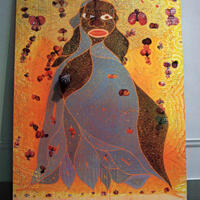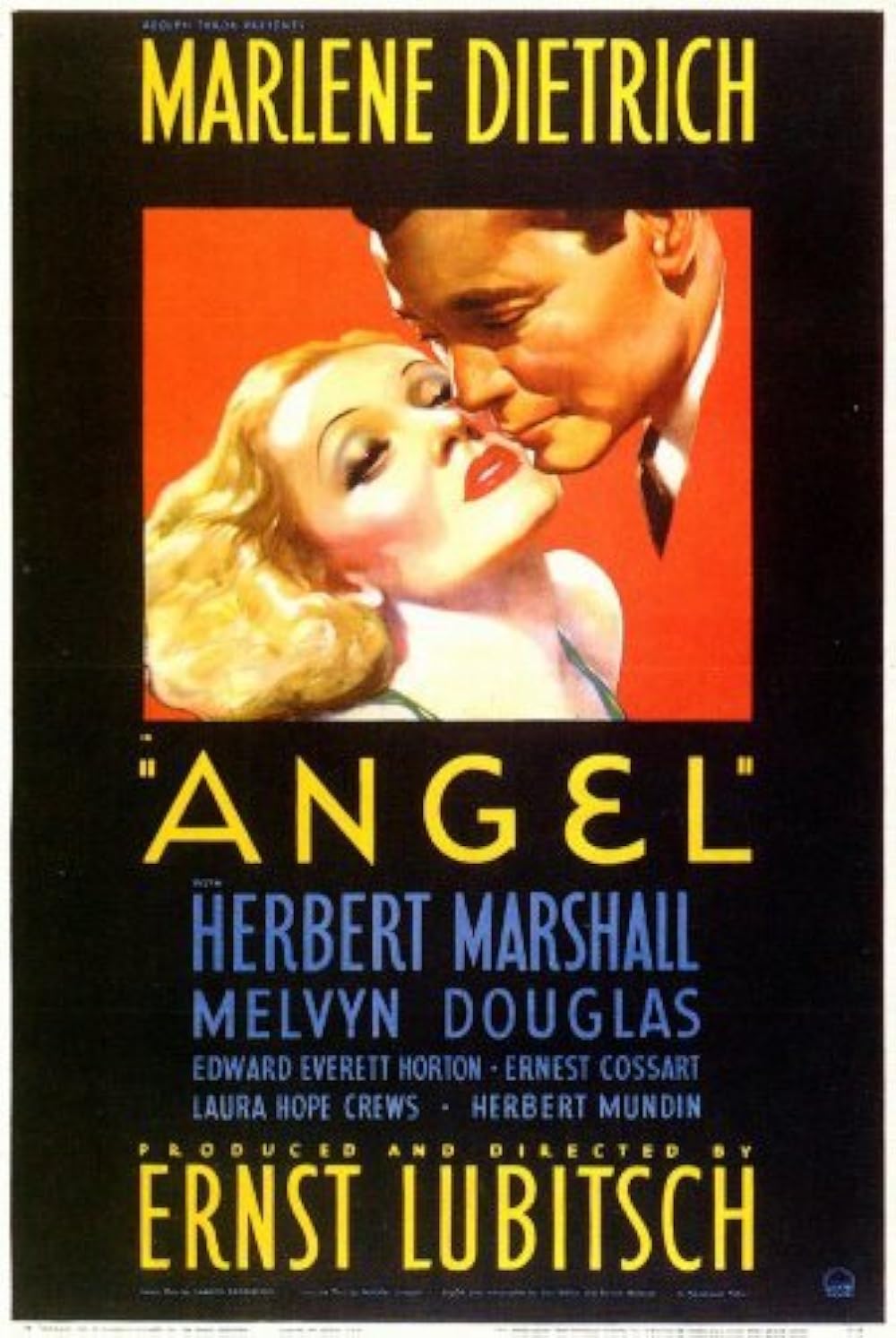 James Kalm makes an early morning bike ride from his Red Hook Brooklyn
studio to the very top of Manhattan’s Museum Mile to visit the press
preview of “Florine Stettheimer: Painting Poetry” at the Jewish Museum.
James Kalm makes an early morning bike ride from his Red Hook Brooklyn
studio to the very top of Manhattan’s Museum Mile to visit the press
preview of “Florine Stettheimer: Painting Poetry” at the Jewish Museum. 
This is the first major retrospective of the artist in twenty years and features over fifty paintings, along with drawings, photographs and theater designs.

Stettheimer (1871-1944) was one of four children of affluent Jewish parents, a well schooled painter, and a proto-feminist artist. Though born in upstate New York, Florine spent most of her formative years living and studying art in the capitals of Europe. With the outbreak of WWI the Stettheimers returned to New York and established a salon on the Upper East Side.

Through her involvement in the art world Stettheimer came in contact with the most advanced members of the avant-garde who had flocked to New York, like Marcel Duchamp and Francis Picabia.

Not having to paint for profit, the artist was free to develop a unique style which was a precursor of Surrealism and featured her own extravagant and decorative sensibilities. She captured and documented her vanishing social milieu using these singular means.

Though now seen as a ground breaking visionary, this substantial body of work was not widely appreciated until several decades after her death. This program was recorded May 2, 2017.


Δεν υπάρχουν σχόλια:
Δημοσίευση σχολίου